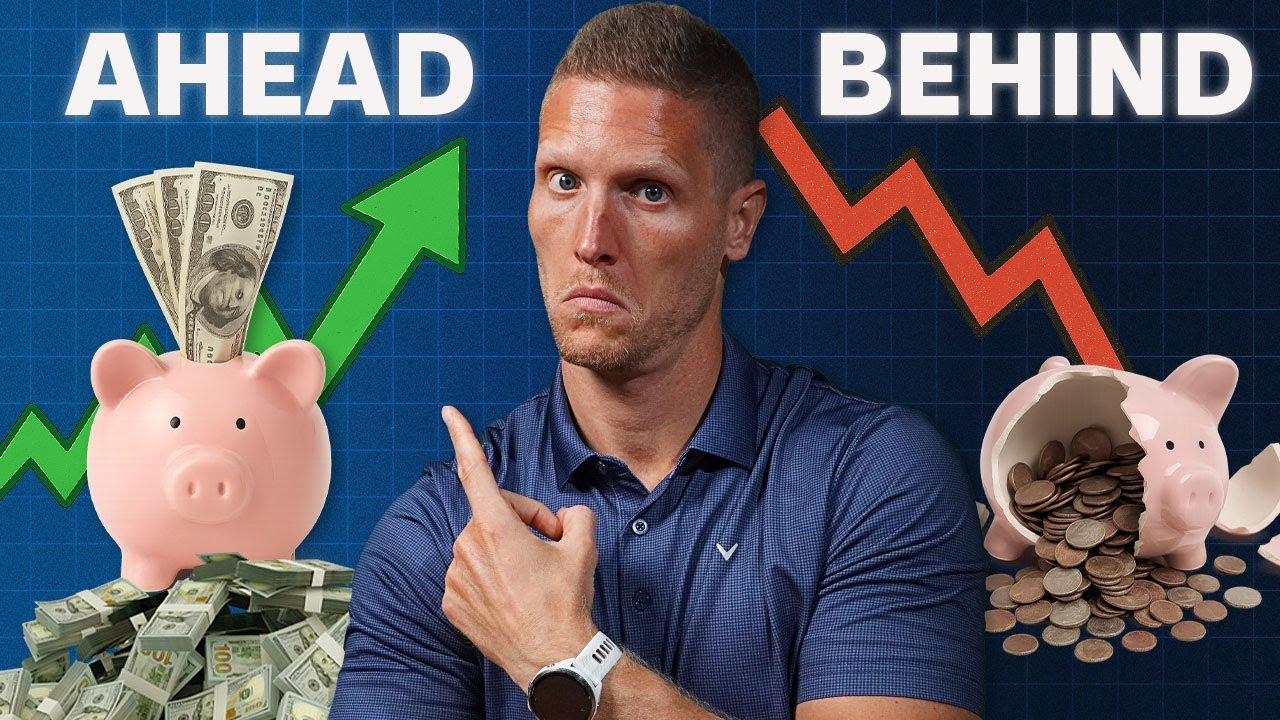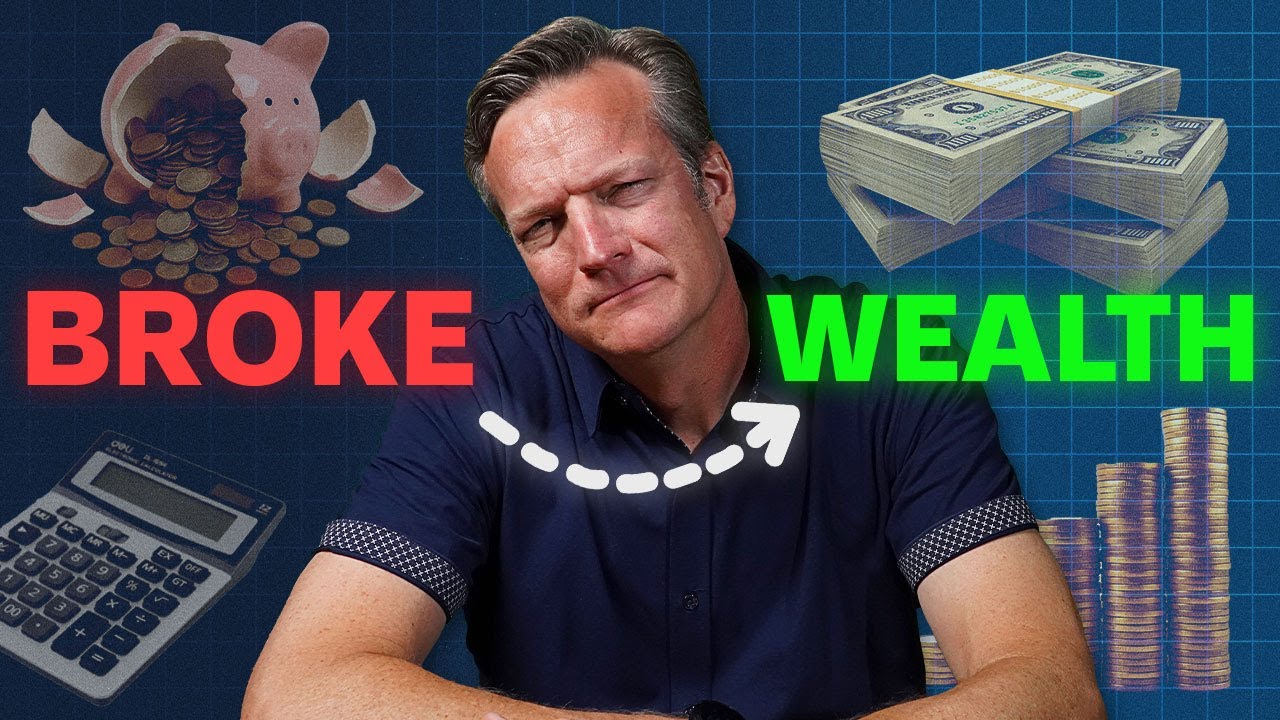All right, Brian, let’s talk about the 30s. By the time you’re in your 30s, the average 401(k) balance for someone in their 30s, from age 30 to 39, is about $51,000. So, we’ve grown from our 20s, but a lot of time has passed.
By our 30s, we’re aging, getting more mature, making better choices, and growing up. So surely the savings rate would reflect that. When we look at the average savings rate across both contribution types for a 401(k), it’s 12.7%. So, it is a smidge better than the 20s, but it’s not at 25%, Brian.
Yeah, this is the part—look, and I’m going to be sympathetic. The 30s is where the messy middle is probably the most prevalent because you’re short on time and money, with a lot of life commitments—family, kids, and job. There’s a lot of things pulling on you, both financially and responsibility-wise. However, I am disappointed because you’re going to see in a minute what 25% savings can do for you.
It was great—it was so awesome. It didn’t really matter what you did in your 20s as long as you did something. The 30s is more of a period where I want you to be very purposeful. Instead of being aspirational about reaching 25% of your gross income in your 30s, I need you to make it happen because you still have so much time on your side.
There’s an incremental decision, a fork-in-the-road moment, where you can create tremendous success without much sacrifice. But it needs to be very purposeful in your 30s. If you want to spot-check where you are by the end of this decade, according to Fidelity and Vanguard, you should have about 2.6 times your annual salary—your household income—saved by the time you get to 40.
So, you should have saved up two and a half times what you make annually. I’m going to argue, Brian, that someone who started in their 20s and carries this through their 30s, not being average but a financial mutant, will blow this number out of the water by the time they get to 40.
Even in your 30s, savings rates that are a touch lower but on the mark can be unbelievably valuable. Think about the average value of $50,000, and people saving 12.7%—about half of what we recommend with this current slide, which is 25%. That means once you reach $100,000 and get your assets to $100,000, that’s the hardest part.
You’re going to see you’ve now pushed that pebble that’s turned into a rock, then into a boulder. This thing is taking speed at this point, building upon itself. There’s still so much opportunity for a 30-something-year-old.
If you look at even a 35-year-old, saving 25% will replace 84% of your current income. That’s still tremendous opportunity waiting for you to make something happen. Realistically, if you get serious at this decade in this stage of life, I would still contend that you’re going to have the opportunity to take control of your future.
So, if you’re thinking about early retirement or defining how you want to live and have done nothing until your 30s but get laser-focused and super serious in your 30s, it can still be done. If you want to know more, go check this out: moneyguy.com/resources.













